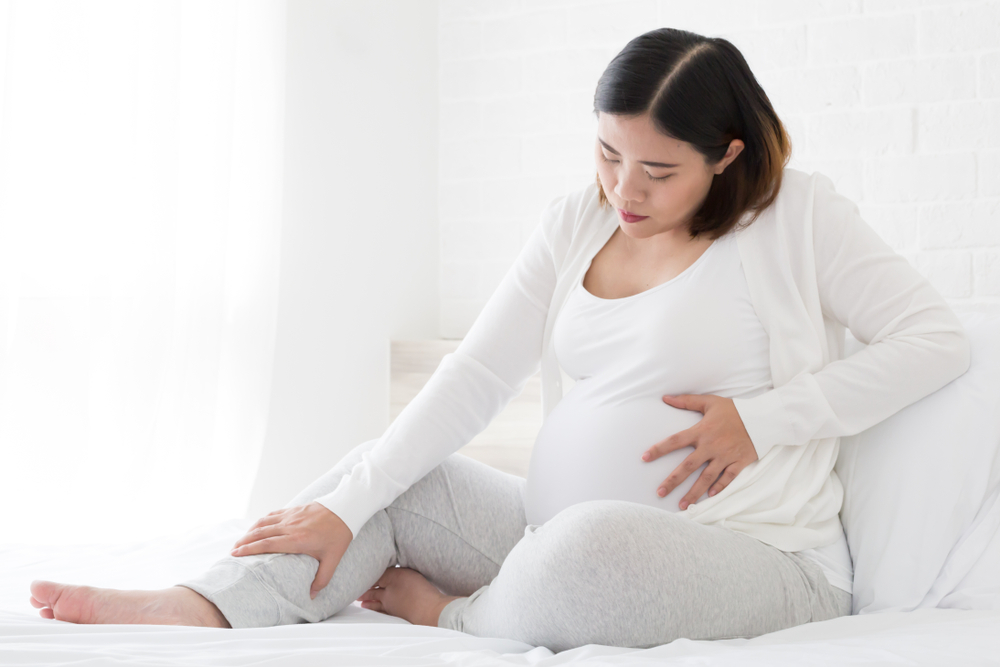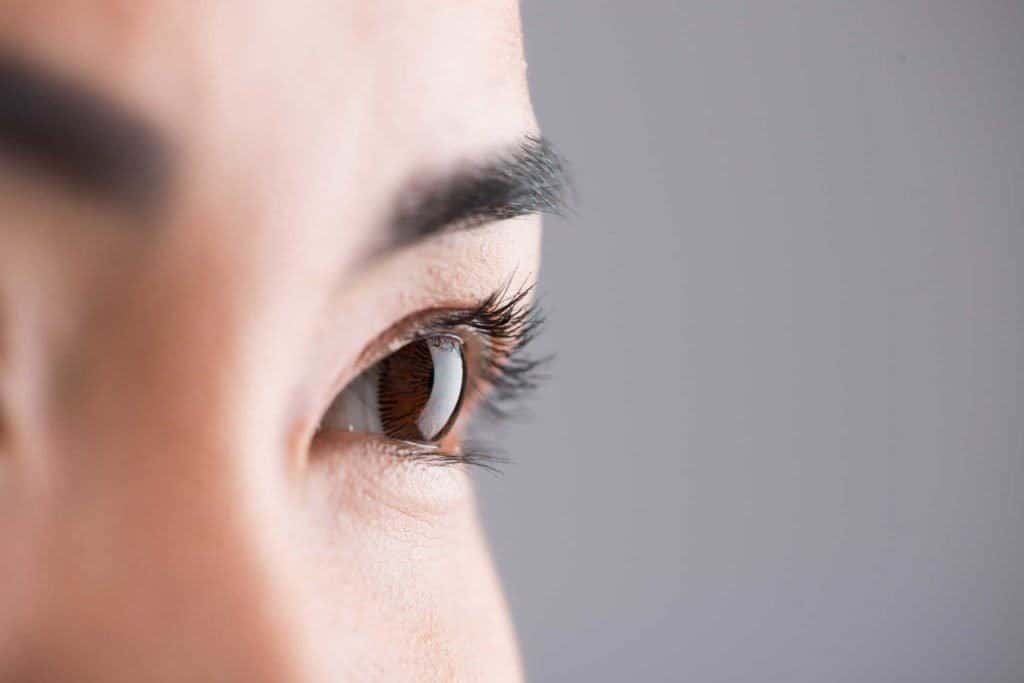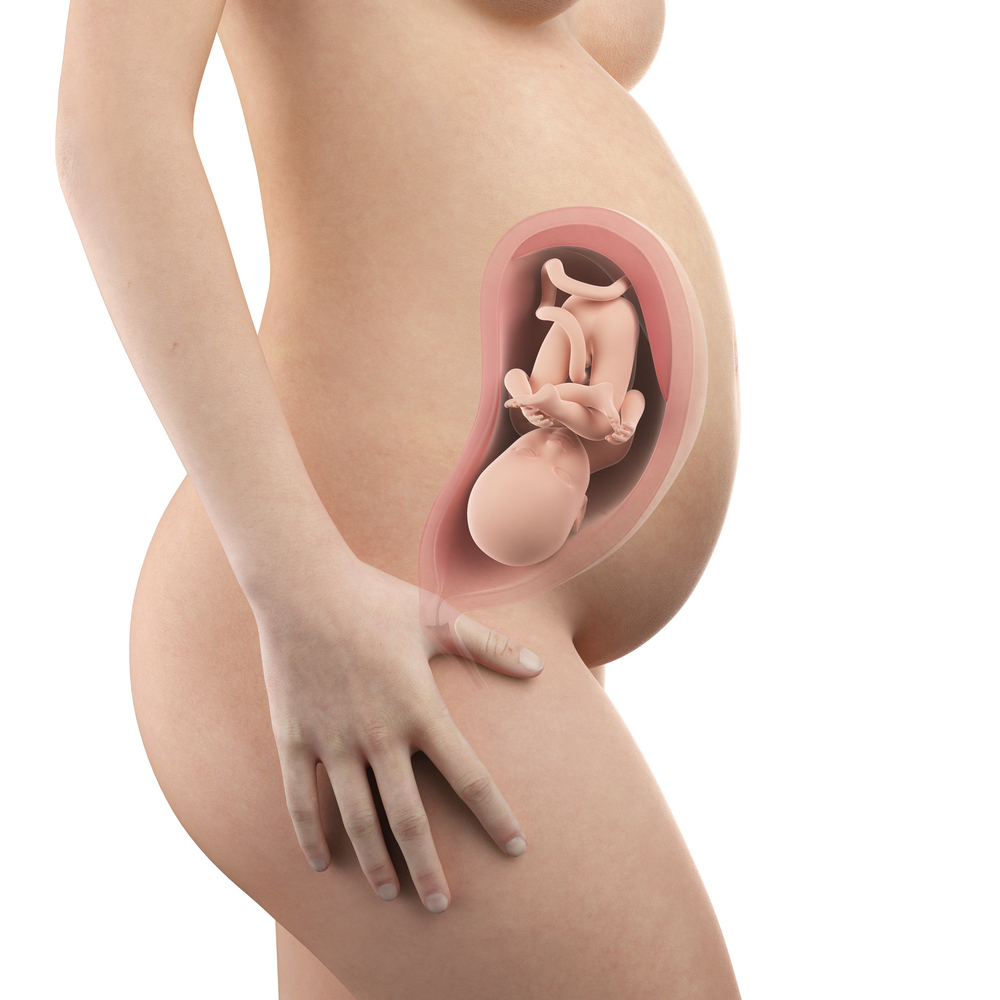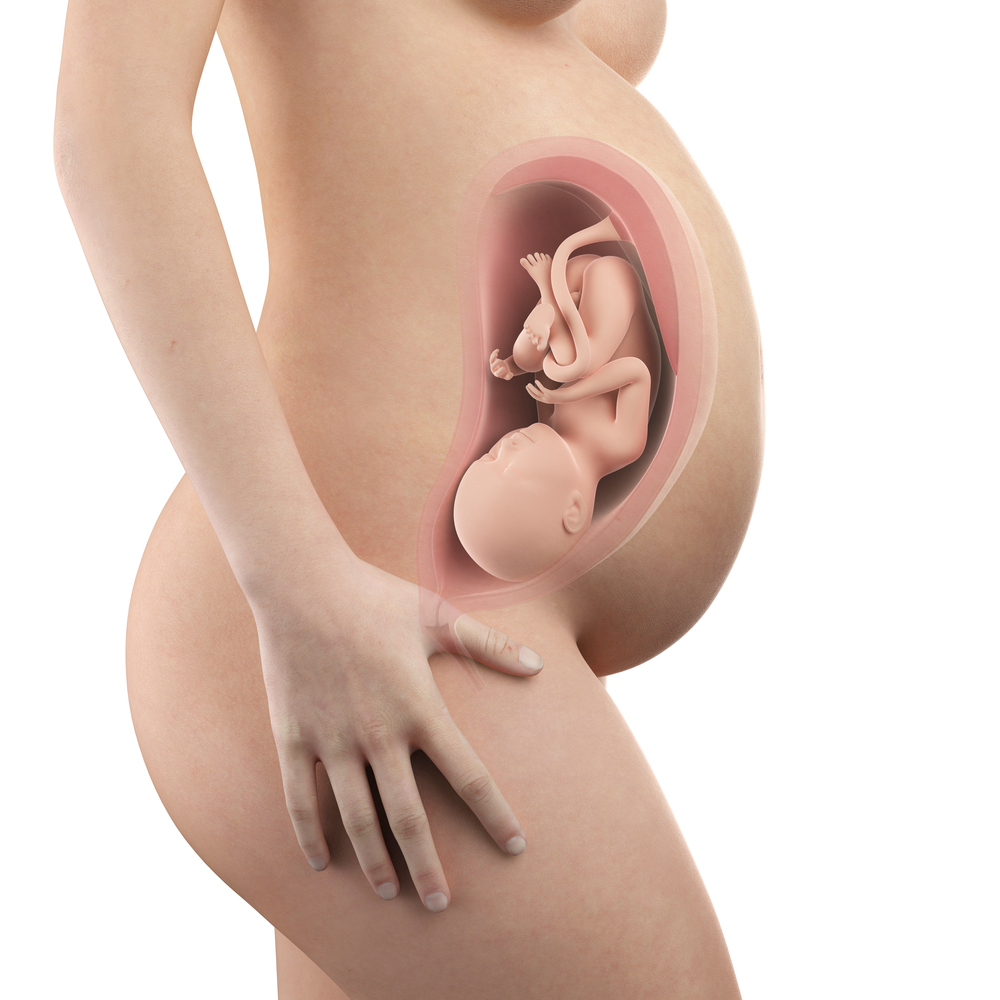Contents:
- Medical Video: 5 common signs of Blood Clots
- What causes blood clots in the legs during pregnancy?
- What are the signs and symptoms of blood clots in the legs during pregnancy?
- How to distinguish DVT from cramping leg muscles?
- What are the risk factors for DVT during pregnancy?
- Is there any effect for your baby?
- How to treat blood clots in the legs while pregnant?
Medical Video: 5 common signs of Blood Clots
Pregnant women are at risk of 5-10 times more likely to experience blood clots in the legs, than those who are not pregnant. A blood clot in one of the large blood vessels in the foot is called deep vein thrombosis (DVT). If this blood clot is released and goes to another part of the body, especially to the lungs, the result can be fatal. What are the causes of blood clots in the legs during pregnancy and how to overcome them?
What causes blood clots in the legs during pregnancy?
Cloting blood is normal and basically not harmful. The blood clotting process is needed to prevent you from losing a lot of blood in certain situations, such as when injured. Your body will naturally dissolve the blood clot after the injury heals. But sometimes, blood clots can occur without any injury.
In pregnant women, the risk of blood clots in the legs is higher because the body produces a special protein to freeze blood in large quantities during pregnancy, while the blood thinning protein is produced only slightly. This makes the lumps that may have formed do not dissolve.
An enlarged uterus during pregnancy can also increase your risk of experiencing DVT because this enlargement suppresses the blood vessels in the lower body, thus inhibiting blood flow back to the heart.
What are the signs and symptoms of blood clots in the legs during pregnancy?
DVT is not common during pregnancy. However, pregnant women and up to 6 weeks after birth are more likely to experience DVT than non-pregnant women of the same age.
The most common symptom of DVT is that the feet look swollen, soft, and the skin is warm / hot reddish, and feels pain resembling severe muscle cramps. DVT usually only occurs on one leg. As many as 80 percent of cases of DVT during pregnancy occur on the left foot.
How to distinguish DVT from cramping leg muscles?
Muscle cramps are common during pregnancy. Usually muscle cramps occur in the calves, especially at night during the second and third trimesters.
Foot pain due to normal muscle cramps will subside and slowly disappear by resting, stretching, consuming magnesium supplements, and using comfortable footwear. Muscle cramps will also not cause your legs to appear swollen.
Conversely, foot pain due to DVT will not subside with rest or after being taken for a walk. The leg that was sore from the DVT also seemed swollen and felt hot. Other symptoms include:
- Feet hurt when standing or moving.
- Legs get sicker when bending your legs towards your knees.
- Red skin on the back of the leg, usually below the knee
What are the risk factors for DVT during pregnancy?
The risk of developing DVT during pregnancy will increase if you:
- Having a family history of blood clots.
- Age during pregnancy is more than 35 years.
- Pregnant and obese with a BMI> 30.
- Having severe infection or serious injury, such as a broken bone.
- Twin pregnancy.
- Smoke
- Has varicose veins in the legs
- Dehydrated
Is there any effect for your baby?
If the lump is small, it may not cause any symptoms. If it is large enough, blood clots can escape and walk back towards the lungs causing chest pain and difficulty breathing.
About one in 10 people with untreated DVT can cause severe pulmonary embolism. Large clots that are stuck in the lungs can cause lung damage, and result in heart failure.
Even so, blood clots in the legs during pregnancy do not affect the baby unless there are serious complications.
How to treat blood clots in the legs while pregnant?
DVT is easily treated. One way is to inject blood thinning drugs heparin every day to prevent blood clots getting bigger. This drug also helps blood clots dissolve faster, and reduces the risk of further blood clots.
Injections can only be done by an authorized doctor, generally your obstetrician's blood expert, and is done since the diagnosis of DVT is up to 6 weeks postpartum. The total duration of treatment is around 3 months. During the course of therapy you are also required to have regular check-ups and blood tests to ensure that blood clots have dissolved and do not appear again.
Heparin injections are safe to use during pregnancy because they do not cross the placenta, so there is no risk for your baby. Your pregnancy can go as usual. Heparin injections will be stopped as soon as you give birth or 24 hours before induction of labor or planned caesarean delivery.
If you want to breastfeed your baby, you must stop the injection after giving birth and replace it with warfarin tablets (Coumadin) to ensure the baby's blood does not decrease.
In addition to treatment with heparin, you are also advised to stay active and wear special stockings on swollen feet.












